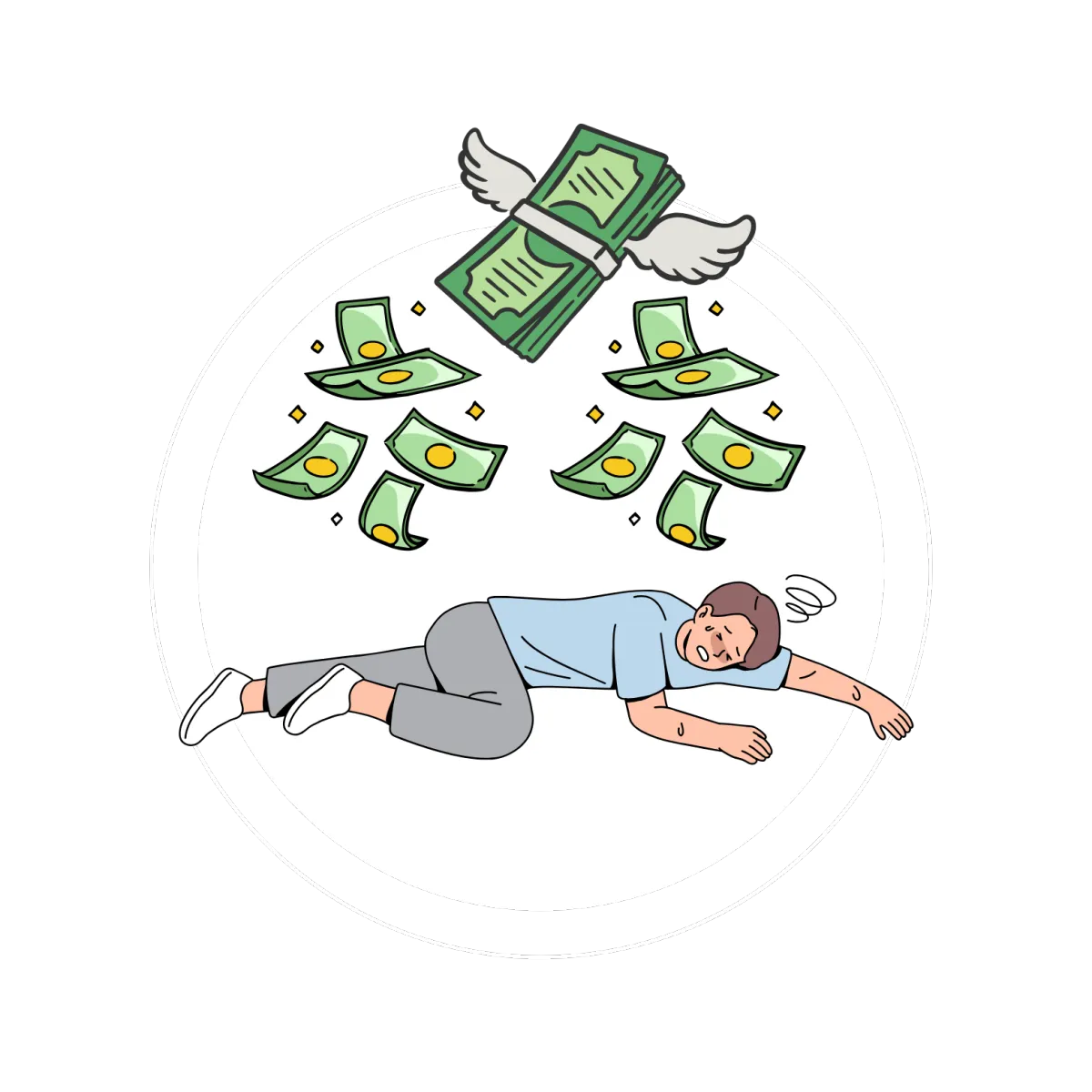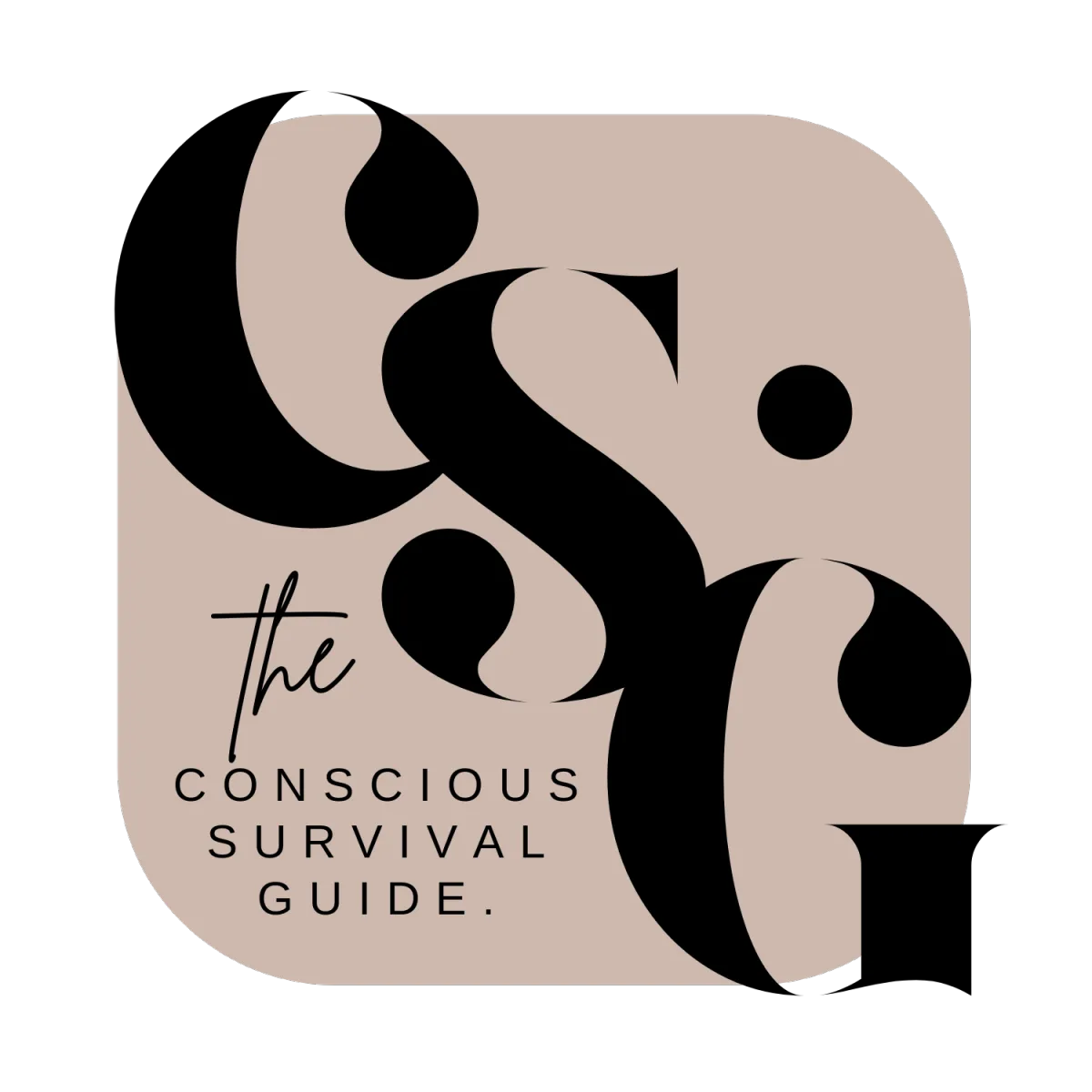Corporate Training for Lasting Workplace Transformation.

Corporate Training for Lasting Workplace Transformation.

Workplace Issues Are Quietly Costing You Millions.
Every year, hidden workplace challenges drain billions from companies—not just in lost revenue but in wasted potential, talent churn, and productivity loss.

An estimated $1.9 trillion is lost annually due to disengaged employees (Gallup, 2023).

Turnover costs companies up to 200% of an employee’s salary (SHRM, 2024).

Burnout leads to 3x higher turnover rates, disrupting operations (Gallup, 2023).

Workplace conflict costs U.S. companies $359 billion per year in lost productivity (CPP Global, 2023).
Understand the 5 Biggest Problems in the
Workplace.

Workplace Conflict

High Turnover

Disengagement

Burnout

Absenteeism
Want to learn more about the nature of your issues
and how to solve them?
Use these resources that are free for a limited time.

Workplace Health Scorecard
How Healthy Is Your Workplace? Take This Free 5-Minute Test!
✔️ Measure your organization’s leadership effectiveness, engagement, and workplace culture in 6 key areas.
✔️ Get a clear score for all six areas and find out if your company is thriving, at risk, or in crisis.
What’s inside?
A 30-point workplace health checklist and a scoring system to pinpoint the exact aspects of your work environment that needs improvement.

The Workplace Transformation Research Report
We analyzed North American market data from the last 5 years to look at:
✔️ The top 5 problems in the North American workplace and their biggest predictors.
✔️ Why most leadership training fails—and how to fix it.
✔️ How data-backed strategies can create real, lasting workplace transformation
If you’re serious about
solving leadership issues at the root, this 40+ page report will change the way you think and give you solutions you can start implementing- for free.

The Workplace Leadership Self-Audit
How strong are your managers?
✔️ Who it’s for: HR leaders, CEOs, and decision-makers who suspect their own leadership gaps or that of their managers that are contributing to workplace issues.
✔️ What it does: Helps companies assess the effectiveness of their leadership team in preventing burnout, disengagement, and conflict.
✔️ Why it’s valuable: Many companies focus on employee issues without realizing leadership failures are the root cause.
What’s inside?
A 20-point leadership effectiveness checklist and a scoring system to identify strong vs. weak managers
Actionable strategies to improve leadership gaps before they become costly.
There is one underlying solution to all of these problems.
Every major workplace problem—conflict, burnout, disengagement, absenteeism, and turnover—traces back to leadership gaps. When managers lack the skills to communicate effectively, resolve conflicts, and inspire teams, workplace dysfunction takes over.

Workplace Conflict → Resolved Through Strong Leadership
Leaders trained in emotional intelligence, communication, and conflict resolution prevent toxic tensions from escalating. Instead of relying on HR or external mediation, teams learn to manage disputes constructively, reducing hostility and improving collaboration.
Burnout → Prevented with Leadership that Manages Workloads & Well-Being
Poor leadership creates unsustainable work environments, leading to burnout and disengagement. Training managers to set realistic expectations, balance workloads, and support employee well-being dramatically reduces burnout and improves long-term performance.
Disengagement → Reversed Through Purpose-Driven Leadership
Disengagement isn’t about laziness—it’s about poor leadership that fails to motivate. Managers trained to recognize and reinforce employee contributions, foster psychological safety, and communicate vision effectively create engaged, high-performing teams.
Absenteeism → Reduced by Building a Positive, Accountable Work Culture
Employees don’t avoid work when they feel valued, supported, and engaged. Leadership training ensures managers address underlying issues, build trust, and create a workplace where people want to show up.
High Turnover → Solved by Training Leaders to Retain Top Talent
People don’t quit jobs—they quit bad managers. Leadership training gives managers the tools to coach employees, provide growth opportunities, and build strong relationships that keep top talent engaged and committed.

Leadership is the root cause and the solution to every major workplace issue. By equipping your leadership team with the right skills, you don’t just fix problems—you prevent them from happening in the first place.
We have several consultation options top address your most pressing issues.
But first,
Want to learn more about the nature of your issues
and how to solve them?
Download these resources
For Free .

Workplace Health Scorecard
How Healthy Is Your Workplace? Take This Free 5-Minute Test!
✅ Measure your organization’s leadership effectiveness, engagement, and workplace culture in 6 key areas.
✅ Get a clear score and find out if your company is thriving, at risk, or in crisis.

The Workplace Transformation Research Report
We analyzed North American market data from the last 5 years to look at:
✅ The top 5 problems in the North American workplace and their biggest predictors.
✅ Why most leadership training fails—and how to fix it.
✅ How data-backed strategies can create real, lasting workplace transformation
If you’re serious about
solving leadership issues at the root, this 40+ page report will change the way you think and give you solutions you can start implementing- for free.

The Workplace Leadership Self-Audit
How strong are your managers?
✅ Who it’s for: HR leaders, CEOs, and decision-makers who suspect leadership gaps are causing workplace issues.
✅ What it does: Helps companies assess the effectiveness of their leadership team in preventing burnout, disengagement, and conflict.
✅ Why it’s valuable: Many companies focus on employee issues without realizing leadership failures are the root cause.
What’s inside?
A 20-point leadership effectiveness checklist and a scoring system to identify strong vs. weak managers
Actionable strategies to improve leadership gaps before they become costly.
Who are these programs for?
This training is not for everyone. It’s for leaders who are serious about fixing workplace challenges and building a high-performance culture.

CEOs & Business Owners who are tired of constant turnover, disengaged teams, and stalled productivity.

HR Directors & People Leaders who want real leadership solutions, not just another corporate initiative.

Operations & Department Heads who manage teams and want to improve efficiency, communication, and performance.

Forward-Thinking Companies who know that strong leadership is the key to retaining top talent & driving real results.
If you’re looking for a simple, actionable, sustainable, way to improve leadership
and fix the biggest workplace issues—then our consultations options are for you.

Building transformational leadership.
© 2025 Conscious Survival Guide. Inc is a leadership transformation platform founded by Madusha Ranaweera to help you shortcut your success with psychology and neuroscience.
All Rights Reserved.
Navigation
Disclaimer: The information provided on this website, including all testimonials, coaching programs, mentorship sessions, and educational materials, is for informational and personal development purposes only and does not constitute medical, psychological, legal, or financial advice. Conscious Survival Guide Inc. makes no guarantees regarding individual outcomes and disclaims all liability for actions taken based on content or services offered. Your results will vary and depend on many factors including but not limited to your background, experience, and work ethic. By engaging with this site, you acknowledge full responsibility for your decisions and results, and agree to consult appropriate licensed professionals where necessary.